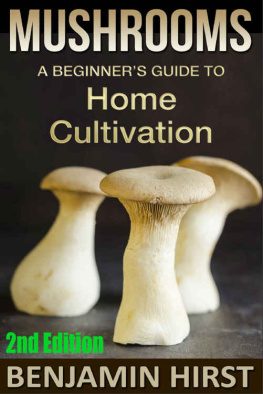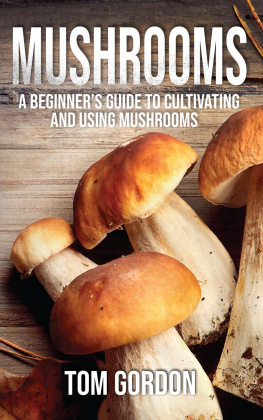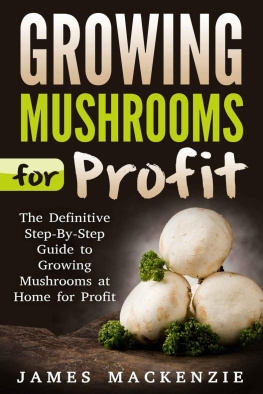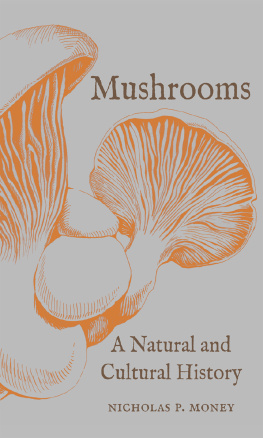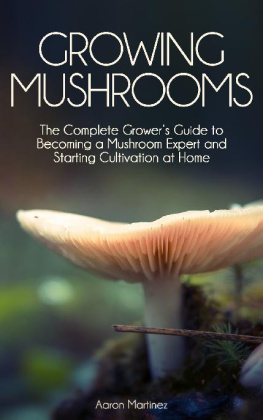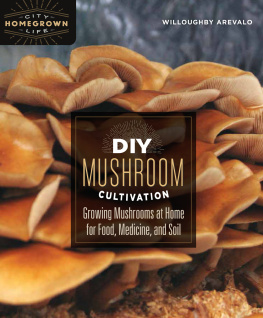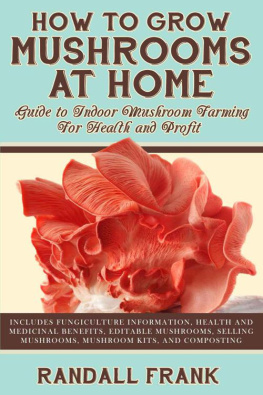Copyright 2015
Copyright 2015 by Rach Helson LLC. All rights reserved. This document is geared towards providing exact and reliable information in regards to the topic and issue covered. The publication is sold with the idea that the publisher is not required to render accounting, officially permitted, or otherwise, qualified services. If advice is necessary, legal or professional, a practiced individual in the profession should be ordered.
From a Declaration of Principles which was accepted and approved equally by a Committee of the American Bar Association and a Committee of Publishers and Associations.
In no way is it legal to reproduce, duplicate, or transmit any part of this document in either electronic means or in printed format. Recording of this publication is strictly prohibited and any storage of this document is not allowed unless with written permission from the publisher. All rights reserved.
The information provided herein is stated to be truthful and consistent, in that any liability, in terms of inattention or otherwise, by any usage or abuse of any policies, processes, or directions contained within is the solitary and utter responsibility of the recipient reader. Under no circumstances will any legal responsibility or blame be held against the publisher for any reparation, damages, or monetary loss due to the information herein, either directly or indirectly.
Respective authors own all copyrights not held by the publisher.
The information herein is offered for informational purposes solely and is universal as so. The presentation of the information is without contract or any type of guarantee assurance.
The trademarks that are used are without any consent, and the publication of the trademark is without permission or backing by the trademark owner. All trademarks, photographs and brands within this book are for clarifying purposes only and are the owned by the owners themselves, not affiliated with this document.
Introduction
Thank you for purchasing, Mushrooms: A Beginner's Guide To Home Cultivation."
Most often, people think that growing mushrooms is a complicated and sensitive process. In this book, you'll find out just how easy it is to grow your own mushrooms safely and successfully indoors.
Growing mushrooms is fun, inexpensive and becoming more and more popular every day. It is my hope that the information in this book will provide you all you need to know, not only to grow edible mushrooms but also understand how they grow and why humans have been fascinated by them for so many thousands of years.
Welcome to the exciting world of the fungi kingdom!
Thanks again for purchasing this book, I hope you enjoy it!
Ben

Introduction to Mushrooms
If you want to successfully grow your own mushrooms, it helps to have some idea of what they are and how they grow in nature first. This will help you understand why you are doing what you are doing when it comes time to start working with your mushrooms and growing materials.
While it's always a good idea to understand why you are doing something, it especially important in the case of growing mushrooms. Growing mushrooms isn't like growing other things. They operate by a different set of rules and have distinct needs that may be unfamiliar to someone who is used to gardening but not growing mushrooms.
You'll be sure to find growing mushrooms a fairly easy and straight forward process once a basic understanding of how they do what they do has been obtained, and you're comfortable with the vocabulary surrounding the subject.
Mushrooms Are Not Plants, Vegetables or Animals
You may already know this as it is a rather common fact but mushrooms aren't technically plants. They are scientifically classified as fungi. Fungi are a bit of a puzzle to scientists and always have been. They aren't plants but share much in common with them.
They don't have a root system nor do fungi make chlorophyll, the chemical in plants that makes them green and able to transmute sunlight into food. Instead all fungi, including mushrooms, "eat" or more properly, absorb nutrients from what is nearby. They sustain themselves on the by-products of rotting vegetation, which is the reason they grow so well in damp, dark conditions.
If mushrooms are not plants, could they be animals? This questions is not as silly as it first seems, mushrooms occupy a place between plant and animal, as do all fungi. Because of this being sort of "in between" plant and animal fungi are classified as an entirely separate kingdom of organisms, which contains mushrooms, yeast, mold, and other countless variations of fungus.
Mushroom Basics
A mushroom is a type of fungus, which consists of a spore-producing fruiting body ( often called the cap), which may or may not be atop a stem. Mushrooms always have what are called "gills" on the underside of the cap. The mushroom makes spores in the gills. Spores are how mushrooms reproduce. You can think of spores as seeds, they serve the same function but utilize an entirely different mechanism to achieve their goal of reproducing.
The study of mushrooms is called mycology and the growing them is technically referred to as "Fungiculture".
Mushrooms that grow in the wild tend to be found in damp, dark places. They are commonly found near decaying matter - either directly on a rotting log or tree or popping up out of the ground near a dead tree of decaying plant matter. It is possible for mushrooms to appear year round, depending on the type of mushrooms and your location. You are most likely to encounter mushrooms in the wild during the rainy cooler parts of spring, summer and fall.
When the conditions are right for mushrooms to appear, they do so quickly. It seems like they can burst out of nowhere sometimes, especially after a good rainstorm. Even though it sure looks to the eye that mushrooms just pop into existence, the reality is that they were growing there for several weeks already and just swelled up and expanded in size from absorbing rainwater. This process is similar to a dry sponge expanding when it gets wet and is just as magical.

How Does A Mushroom Grow?
Every Mushroom starts about as a spore, which as we mentioned, functions as a seed. That is to say, a spore is a vehicle for reproduction just as a seed is. We also took note of the fact that this is about the only thing seeds and spores have in common.
When a mature mushroom releases spores, it does so by the
thousands. These microscopic spores are caught by the wind and carried away from the parent mushroom.
When these newly released spores land on the ground and settle in, they begin to make what is called "Hyphae" which is analogous to a single root in a plant. It is a thin strand of fibrous material that the mushroom uses to pull nutrients out of the ground. These strands of Hyphae spread and entwine with each other in a way that is similar to a root system of a plant. This collected body of Hyphae is called the Mycelium.
It is tempting to call the Mycelium a root system, but it is not always underground and does not serve to stabilize the mushroom and keep it securely anchored in the dirt, the way a root system would. Mycelium resembles strands of pillow stuffing or cotton candy. The Mycelium of many mushrooms will entwine with each other, making sexual reproduction possible.

